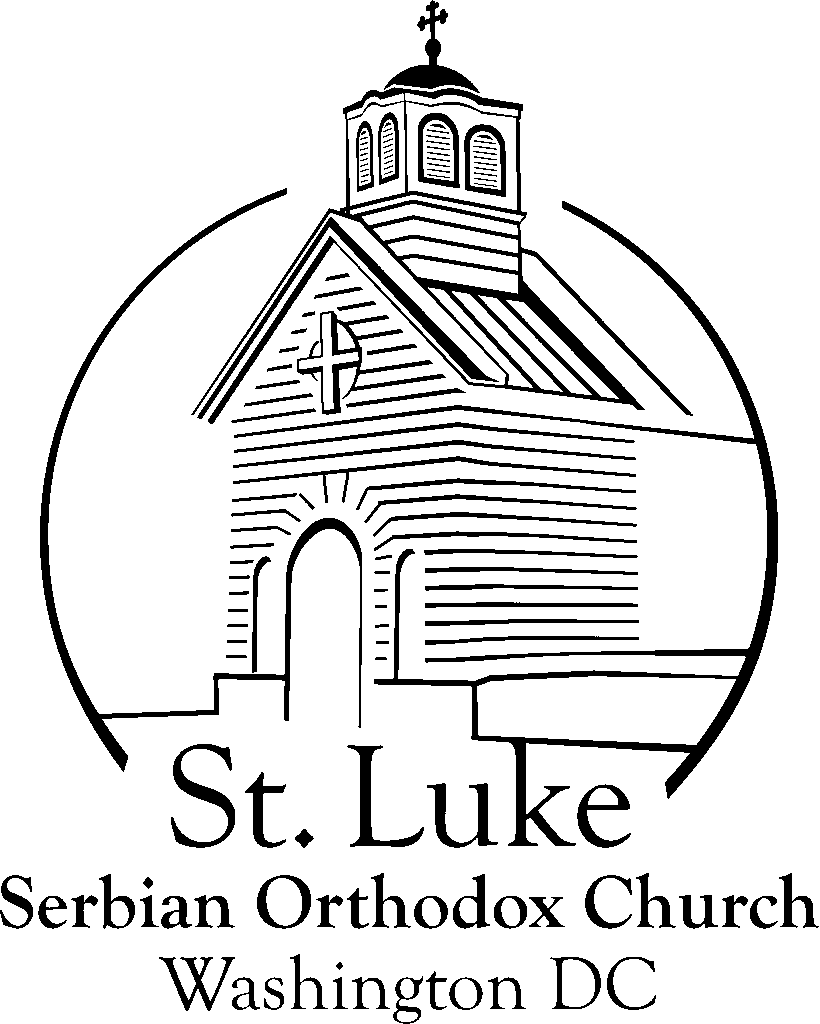
We owe gratitude to His Grace Bishop Irinej of Eastern America for drawing our attention to this excellent article:
Serbian Customs and Traditions – Easter Eggs
Red as the Colour of Christianity
By Zeljka Trninich
French thinker once said: “What makes Christians Christian is that they believe in the Resurrection,” and this is in accordance with the words of Paul the Apostle, who said: “If there is no resurrection of the dead, then not even Christ has been raised; and if Christ has not been raised, then our preaching is vain, your faith is also in vain.” (1 Corinthians 15:14) Yet Christians believe that, for the sake of mankind and the salvation of each and every person, Christ was indeed raised from the dead.
The cornerstone of the Church and the life of every Christian is the belief that the Resurrection occurred. The Easter egg is the symbol of Christ’s resurrection, as well as a token of the joyous triumph over death, sin and all evil. This indescribable, divine joy of eternal life and the obliteration of death becomes a personal victory and personal joy for every Christian who participates in the divine Eastern service and the Holy Communion. To this day, ever since the first Easter was marked, the Church has fostered this joyous Christian belief that, through the resurrected Christ, love and life become eternal and all people and all nations are welcome to share and celebrate this joy.
Тhis was also how the Serbian people came to accept one of the most glorious and joyous Orthodox traditions – dyeing Easter eggs. According to tradition, the lady of the house dyes Easter eggs on Good Friday, while in some regions this is done on Holy Saturday so the day is sometimes referred to as Red Saturday. All this is done during the days when the Church commemorates the most terrifying of all events, the Passion and the death of Christ, but it does so knowing there is still light at the end of the tunnel – the light of the resurrected Christ.
In order to dye the eggs, the lady of the house first crosses herself and says a prayer to God, for Christians believe that God is the beginning of everything. She may then add some holy water, which has been blessed during the rite held on the Feast of Theophany or Easter, to the water in which she is to boil and dye the eggs. While the water containing the dye (varzila) is boiling on the stove, she drops the eggs in, making sure that the dye is evenly distributed, after which it is up to the children to count the freshly dyed eggs. The first egg to be dyed, which is set aside until next Easter, is called the “house keeper”. In some regions this particular egg is boiled and dyed separately, on Good Friday, and the remaining eggs are boiled and dyed on Holy Saturday.
The eggs can be painted before being dyed, with melted wax applied to the egg with a quill or a similar object. First the quill is heated over a candle flame, then, when it’s hot enough, it is dipped into the melted wax and used to draw or write on the egg. Since wax keeps the dye from reaching the shell, after the dyeing process the egg is left displaying white shapes and letters. The egg usually reads X. B. or B. B. These are the Cyrillic initials of the traditional Hristos Vaskrse! (meaning, Christ is risen!) and Vaistinu Vaskrse! (meaning, Christ is indeed risen!), which is said in response to the first. There can also be miniature crosses, flowers or other more creative shapes. In recent years a special paper or plastic sticker that is applied to previously dyed eggs has also become increasingly popular.
The story of Easter eggs began with St. Mary Magdalene who, together with Saint Mary, the mother of Jesus, never left Jesus’s side during the Passion, which ended in his crucifixion. She is one of several women who Jesus appeared to after the crucifixion. After she became one of the first witnesses of Jesus’s resurrection, she travelled to Rome to preach her Gospel. According to legend, it was then that she visited the Emperor Tiberius. On this occasion she presented him with a red egg and said to him: “Christ is risen!” The red symbolizes the innocence of Jesus’s bloodshed at Golgotha, but at the same time it is the joyous colour of the Resurrection, for the Resurrection could not have occurred without blood and passion. It was the original colour of Christianity and the Christian Church, although throughout history various individuals and movements have tried to purloin and taint the colour.
On Easter Sunday the table is set for the main celebration and one of the items displayed is a basket with straw or grass, used for decor, containing the dyed Easter eggs. Family members compete with great joy to see who has chosen the toughest egg to crack. This is the part that children especially enjoy. While tapping in order to break someone else’s egg with one’s own, one should say “Hristos Vaskrse” and the response should be “Vaistinu Vaskrse”. The breaking of the egg and its shell symbolizes a release from shackles and represents the beginning of a new life. If someone visits the home on this day they are given a dyed egg before they are offered anything else.
Some Serbian regions still cherish the tradition of taking dyed Easter eggs to the graves of loved ones who have passed on. This also shows the hope and belief that all who have passed away have found rest in the light and the arms of the resurrected Christ.
AirSERBIA Review Inflight Magazine,
(Official Journal: Belgrade, No. 244, Year 40/XL, April 2014, pp. 18-20)

